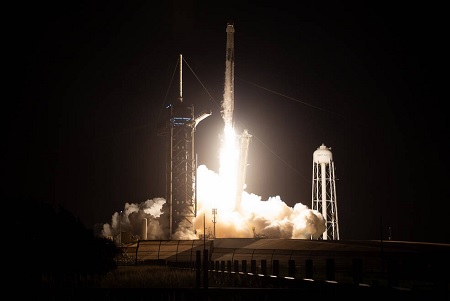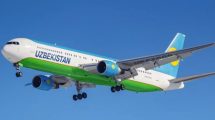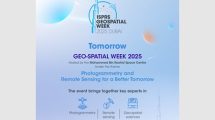 NASA and SpaceX’s Dragon spacecraft has blasted off carrying four astronauts to the International Space Station (ISS) from Launch Complex 39A at NASA’s Kennedy Space Center in Florida. The agency’s SpaceX Crew-7 mission is the seventh commercial crew rotation mission for NASA.
NASA and SpaceX’s Dragon spacecraft has blasted off carrying four astronauts to the International Space Station (ISS) from Launch Complex 39A at NASA’s Kennedy Space Center in Florida. The agency’s SpaceX Crew-7 mission is the seventh commercial crew rotation mission for NASA.
A SpaceX Falcon 9 rocket launched the Dragon spacecraft into orbit carrying NASA astronaut Jasmin Moghbeli, ESA (European Space Agency) astronaut Andreas Mogensen, JAXA (Japan Aerospace Exploration Agency) astronaut Satoshi Furukawa, and Roscosmos cosmonaut Konstantin Borisov, for a science expedition aboard the orbital laboratory.
NASA Administrator Bill Nelson said: “Crew-7 is a shining example of the power of both American ingenuity and what we can accomplish when we work together. Aboard station, the crew will conduct more than 200 science experiments and technology demonstrations to prepare for missions to the Moon, Mars, and beyond, all while benefitting humanity on Earth. By partnering with countries around the world, NASA is engaging the best scientific minds to enable our bold missions, and it’s clear that we can do more – and we can learn more – when we work together.”
During Dragon’s flight, SpaceX will monitor a series of automatic spacecraft maneuvers from its mission control center in Hawthorne, California, and NASA teams will monitor space station operations throughout the flight from the Mission Control Center at the agency’s Johnson Space Center in Houston.
Crew-7 will join the space station’s Expedition 69 crew of NASA astronauts Stephen Bowen, Woody Hoburg, and Frank Rubio, as well as UAE astronaut Sultan Al Neyadi, and Roscosmos cosmonauts Sergey Prokopyev, Dmitri Petelin, and Andrey Fedyaev. For a short time, the number of crew aboard the space station will increase to 11 until Crew-6 members Bowen, Hoburg, Al Neyadi, and Fedyaev return to Earth a few days later.
Crew-7 will conduct new scientific research to benefit humanity on Earth and prepare for human exploration beyond low Earth orbit. Experiments include the collection of microbial samples from the exterior of the space station, the first study of human response to different spaceflight durations, and an investigation of the physiological aspects of astronauts’ sleep. These are just some of the science experiments and technology demonstrations that will take place during their mission.
Ken Bowersox, Associate Administrator, Space Operations Mission Directorate at NASA Headquarters in Washington, added: “The International Space Station is an incredible science and technology platform that requires people from all around the world to maintain and maximise its benefits to people on Earth. It’s great seeing Crew-7 launch with four crew members representing four countries who will live and work on humanity’s home in space as we continue the nearly 23 years of a continuous human presence aboard the microgravity laboratory.”
The Crew-7 mission enables NASA to maximise use of the space station, where astronauts testing technologies, performing science, and developing the skills needed to operate future commercial destinations in low Earth orbit and explore farther from Earth. Research conducted aboard the space station provides benefits for people on Earth and paves the way for future long-duration trips to the Moon through NASA’s Artemis missions.














Add Comment